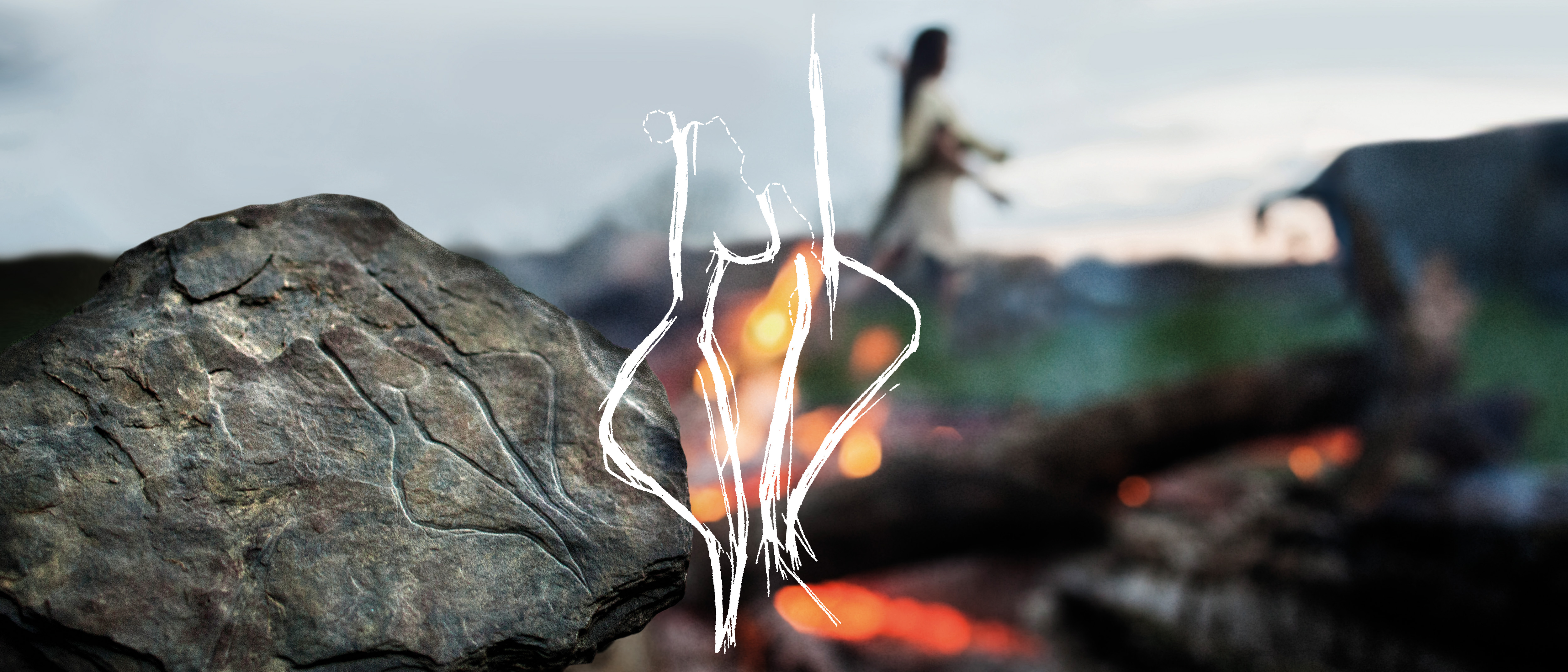Sex, Gender and Diversity in the Humanities and Social Sciences
The humanities and social sciences generate important impetus for reflectively engaging with the diversity of society in research projects.
In the DFG’s proposal preparation instructions, in section "Relevance of sex, gender and/or diversity", applicants are requested to reflect on and describe the role of these dimensions in their research project, where relevant.
Taking into account the traits attributed to individuals and groups is foundational to social sciences research and in most cases also to the humanities. Consequently, in these disciplines sex, gender and diversity may not represent additional research dimensions. The request to consider sex, gender and/or diversity in the proposal submission guidelines as of 2020 is also not associated with preferential treatment for a particular research direction or particular topic areas in the social sciences and humanities.
In humanities and social sciences research, traits and social categories, and therefore sex, gender and diversity, may already be taken into account during the project concept phase and thus in the definition of the topic, the research design and development of methods. The "Objectives and work programme" section of the proposal may therefore already contain information on sex, gender and diversity. In these cases, reference can be made in the section "Relevance of sex, gender and/or diversity" to information in other parts of the proposal.
Examples from Research
Some exemplary projects are introduced below, in which aspects related to diversity are relevant in various ways and across different levels.
Sexual orientation, ethnicity, religion: how do hate crimes come to be perpetuated based on certain identity characteristics? What criminal law reforms might this give rise to?
Sex/gender: what are the dynamics and dimension of wartime and conflict-related sexual violence against men? How do male survivors (against the background of their conflict-related experience) engage with their sex- and gender-related vulnerabilities and exercise (political) agency?
Sexual orientation: what sources of error are there when surveying sensitive characteristics (based on the example of LGBTIQ people)? What factors need to be taken into account when interpreting prevalence estimates of sensitive characteristics?
Nationality, gender, age, skin colour, religion, language, etc: subject to what conditions are people categorised, separated or spatially segregated based on these or other distinctions, whether in day-to-day life or by institutions? Which constellations and mechanisms promote or prevent one or other form of human differentiation?
Gender, gender roles, age, place of residence, religious and ‘ethnic’ group affiliations: what ideas and practices of child fostering exist in the three ‘ethnic’ communities analysed?
Diversity dimensions of the researchers: In addition to the diversity dimensions relevant to the content of the project, in ethnology researchers themselves can play an important role. In this particular case, the investigator was perceived in the field not only as a researcher, but also in her role as a mother. As a woman she often has easier access, in this research context, to both women and men participants, whereas a male researcher would tend to find it easier to access members of his own sex. Moreover, by virtue of being a mother, the woman researcher is not only respected as a mother and thus also as an adult, but also regarded as competent to discuss topics relating to childhood and parenthood with interlocutors in the field. This influences the research process and thus the research results.
Gender, origin and socio-economic situation: how do the conditions of the war in Ukraine and the institutional and legal background impact on the reception of Ukrainian refugees in Germany? What differences are there based on different contextual conditions compared to other groups of refugees and migrants?
Sex, gender roles/gender: cultural and political dynamics are subjecting the gender category of masculinity to a profound process of transformation, increasingly opening it up to differing interpretations. What impact do these ambivalent changes have on art?
Gender and sexual orientation, nationality/ethnicity, religion: what similarities and differences are there in the way majority and minority groups are portrayed in the various media? Are minorities portrayed as being similar or different to the majority group?
Gender and identity: what conflicts of recognition result from the Federal Constitutional Court verdict on the third positive gender option (and the new Self-Identity Act)? As a social actor, how does the Catholic Church deal with conflicts of recognition? How can theological ethics address them in a productive manner? Which thought styles have a role to play here?
Gender, social background, occupation: are work-related causes of mental suffering taken into account in treatment? Does this differ according to gender, assumptions about social background and notions of “normal” patient employment?
Gender – in this case: queer = pastors who do not conform to heteronormative standards: does the pluralisation of pastors’ lifestyles affect theological reflection and practice, and if so, how?
Sexual orientation and identity: how and why are sexuality and sexual identity and the relevant rights reinvented or redefined in the context of state reorganisation processes? How did sexual politics develop in the 19th century up until the invention of sexual orientation and gender identity rights in 1969?
Please address your feedback to
| E-mail: | ines.medved@dfg.de |
| Telephone: | +49 (228) 885-3205 |
| E-mail: | anush.koeppert@dfg.de |
| Telephone: | +49 (228) 885-2612 |
